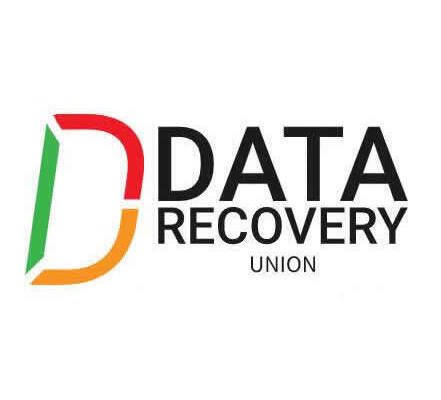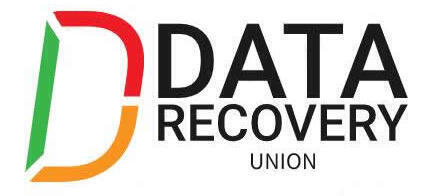
Seagate HDD Firmware Download
Here you can download Seagate firmware collections, you can make use of them as donor for your damaged hard drives or your seagate harddisk firmware update!
Seagate Harddisk Firmware:k2,k3,k4,k5,k7,k9,Momentus,Neptune,u5,u6,u8,u10,ux series Firmware Free download!
Seagate Disk Firmware Download
Seagate Momentus hard drive firmware update SP35474 SP33937
Firmware update for ST94813A, ST96812A, ST98823A, ST9100824A, ST9120821A, ST9402112A, ST980829A, ST9100825A,
ST9210824A, ST960812A, ST94813AS, ST96812AS, ST98823AS, 9100824AS, ST9120821AS
Seagate Barracuda 7.200 11 ST3500320AS ; ST31000340AS ; ST3750330AS
Seagate Firmware Update
Latest firmware update for Seagate ST3320620AS 3.AAE Tested!
Seagate Firmware Update
UX-UXX307B
Seagate Disk Firmware
UX-UXX307A
Seagate Disk Firmware
UX-UX20307
Seagate Disk Firmware
u8-U88303B
Seagate Disk Firmware
u8-U88303
Seagate Disk Firmware
u8-U84303
Seagate Disk Firmware
u8-U817303B
Seagate Disk Firmware
U8-U817303
Seagate Disk Firmware
u6-U640G339
Seagate Disk Firmware
u6-U640533
Seagate Disk Firmware
u6-U640399D
Seagate Disk Firmware
u6-U640399
Seagate Disk Firmware
u6-U640334D
Seagate Disk Firmware
u6-U640334C
Seagate Disk Firmware
U6-U620G399
Seagate Disk Firmware
U6-U620334A
Seagate Disk Firmware
U6-U620334!
Seagate Disk Firmware
U5-6.55
Seagate Disk Firmware
U5-3.58
Seagate Disk Firmware
U5-3.57
Seagate Disk Firmware
U5-3.54
Seagate Disk Firmware
U5-3.53
Seagate Disk Firmware
U5-3.39
Seagate Disk Firmware
U5-3.35
Seagate Disk Firmware
U5-3.11
Seagate Disk Firmware
U5-3.07
Seagate Disk Firmware
U10-U105302
Seagate Disk Firmware
U10-U1015302
Seagate Disk Firmware
U10-U1010302
Seagate Disk Firmware
ST380817AS-3.42-4MR1MNEN
PCI PC3000 v2.27 Firmware
ST3802110A-3.AAH-5LR57566
PCI PC3000 v2.27 Firmware (LDR included)
ST380011A-8.01-M14-248-5JVF40LF
PCI PC3000 Firmware


